9 Strategies that Make the COSTCO Business so Successful
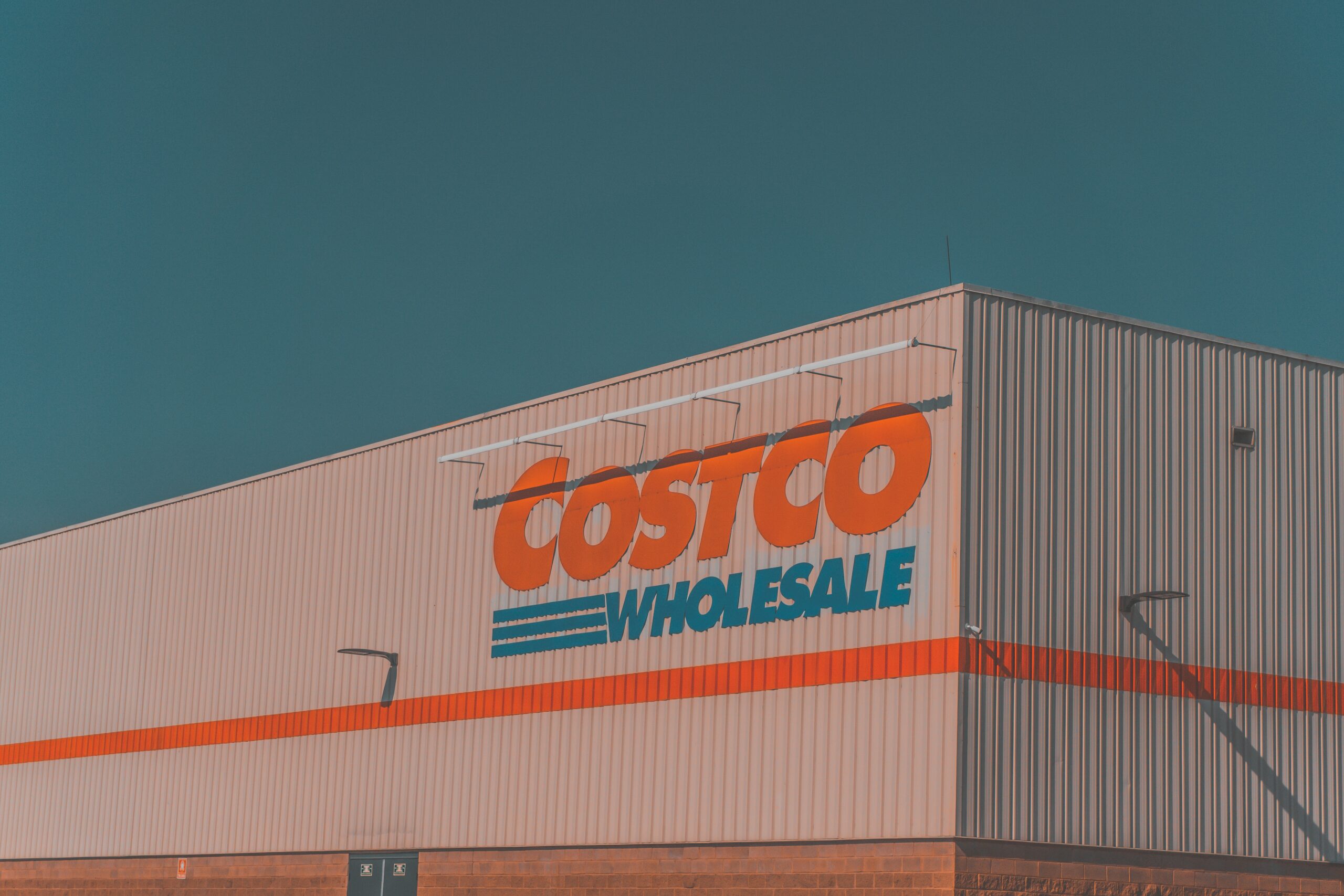
Costco isn’t a normal store. Not a normal grocery store, wholesale store, or retail store. The Costco business may shock you.
It seems bizarre that the concept of spending money on a membership in order to spend money in the store would become so successful. Officially, it is classified as a membership warehouse club.
From the subscriptions to the large quantities let’s see how Costco became such a giant.
Interested in other successful companies’ business strategies? Check out
5 Strategies That Make Trader Joe’s so Successful
7 Strategies That Make IKEA so Successful
7 Strategies that Make Whole Foods so Successful
Skip to a Strategy
- The Costco Membership
- Costco Stores
- Impulse Buys
- Lower Prices
- Large Amounts
- More than the Costco Store
- Kirkland Signature
- Online Shopping
- Tailoring to Desired Customer
The Costco Membership
Subscription-Based Model
One of the clearest distinctions is the fact that Costco requires a membership to enter and purchase items. There are several ways this differentiates the store from others and how it impacts the store itself.
Unlike most stores, one of Costco’s business goals is tailored towards getting people to renew their membership as opposed to just pure sales. This means they focus on good customer service.
They’ll even go as far as declining product price increases to ensure customers stay happy.
Benefits
A benefit this brings is that there is high customer loyalty for Costco. Customer loyalty is important for any business since it means returning customers.
Another reason the subscription-based model makes Costco’s strategy different lies in the revenue.
In fact, most revenue stems from the subscriptions themselves.
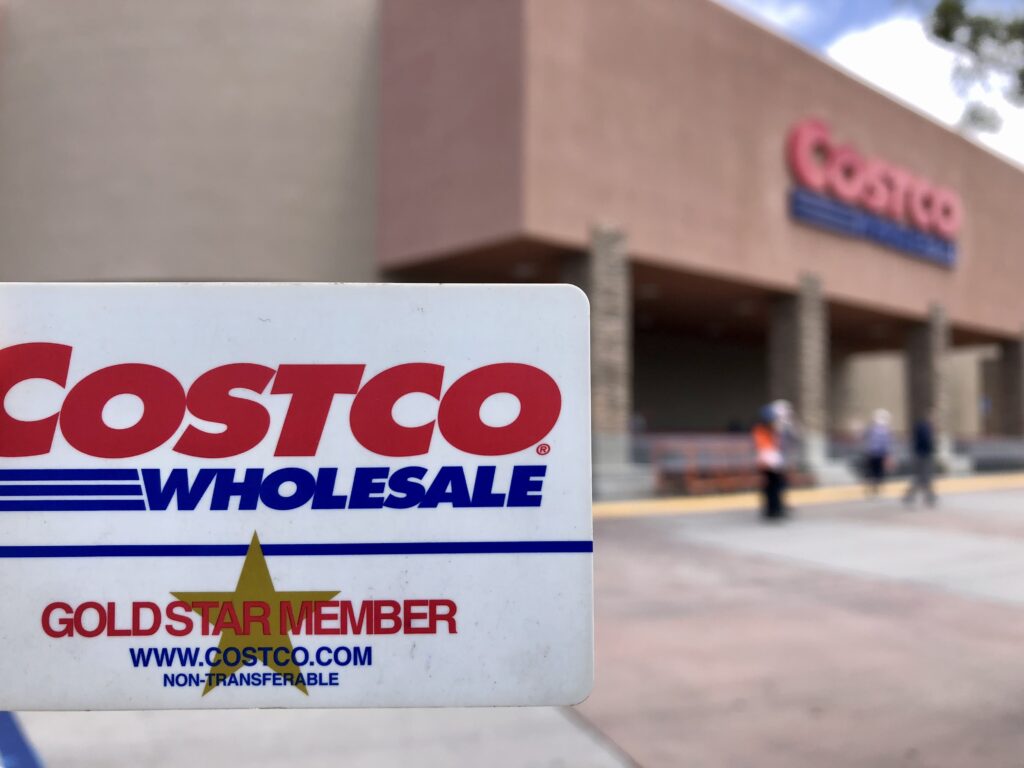
As you’ve seen, Costco’s products are priced relatively low, and this translates to their margins being really low as well. So in order to make profit, Costco heavily relies on the minimum $60 a year a member must pay.
Challenges
In turn, renewal rates are a big focus for them, as they are faced with other challenges including subscription fatigue.
While around 90% of customers renew their membership every year, subscription fatigue is also a growing factor.
If people get overwhelmed with the increasing amount of subscriptions they pay such as streaming services (Netflix, Hulu), other e-commerce (Amazon prime, Thrive Market), music streaming (Spotify, Apple Music), etc., it gets down to which ones they’ll cut from their budget.
Similarly, if economic status drops, subscriptions are one of the top fees households get rid.
One benefit the Costco business seems to have is that unlike streaming services and similar entertainments, many products you buy at Costco such as groceries and appliances are things everyone needs rather than simply wants. They sell necessities that can keep them running in the subscription competition.
Costco Stores
In-person Experience
What do all children especially love about Costco? Samples! Samples are one key part of the Costco business that entails the experience.
The company relies a lot on the fact that people come to their stores in person. It’s just part of the Costco shopping experience.
There is also a lot on display from blenders to beach chairs that can get people interested and fill up their carts. Samples can lead to impulse buys and people finding new products that they’ll end up purchasing without having planned that initially. That leads us to impulse buys.
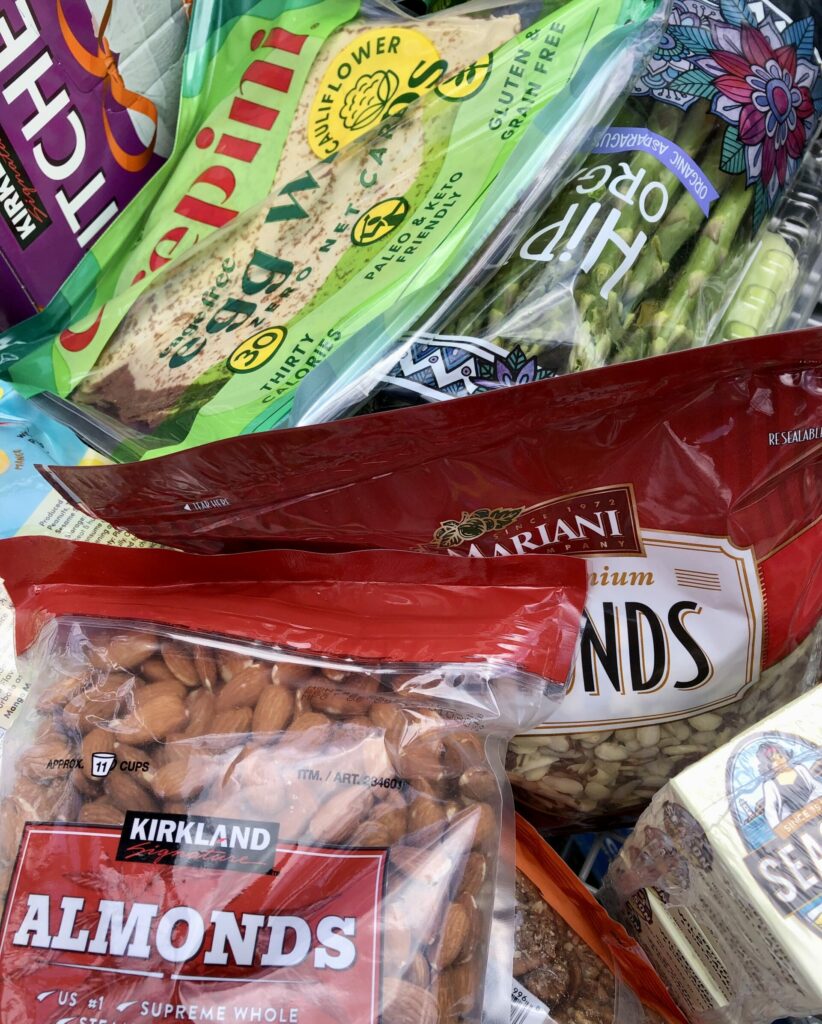
Impulse Buys
Impulse buys are a big strategy for many businesses. They can get you hooked on other items while you already planned to buy your intended products. But impulse buys by themselves have underlying strategies.
One way Costco encourages impulse buys is through the idea that you find something new on the shelves and fear it may not be there when you return. Then you are influenced to buy it.
It can be part of the experience to witness all the new products Costco offers every time you visit. That also means every time you visit items may not be there anymore. The combination of that excitement with the fear helps them reach sales through impulse buys.

Tip for shoppers: if you see an asterisk on the price tag, this means the item will not be restocked, and it’s usually placed on seasonal products. Once it’s sold out it’s sold out.
Lower Prices
Value
There are many reasons people like to shop at Costco, but a big one is the affordability. You may buy a lot, but you get good deals on quality products.
People are drawn to the concepts of amazing value and quality, and Costco rides that wagon. As mentioned in The Costco Membership section, Costco has even been unwilling to increase the prices of products to ensure the customers are satisfied.
This combo is often unbeatable in the business realm. People like their affordability paired with good products. Value is huge.
Large Amounts
Bulk Shopping
Ever notice the check from Costco is not the same size as a check from say Ralphs or Trader Joe’s? Of course, this varies per household, but oftentimes you spend a lot more at once at Costco.
We all know this isn’t due to overpriced items though, and rather large amounts of products.
The thing is when you go to Costco you usually can’t just buy a little.
If you want a bag of chips, you buy a huge bag of chips. Let’s say you want apples, you buy a large crate of apples. If you want oil, it’s a ginormous tub of oil.

This can be referred to as buying in bulk. You are buying a lot at once and in the long run, you are saving money. For example, if you were to buy the same amount at Vons, it will most likely be multiple of the same items added up to a higher cost.
Through this strategy, Costco makes large sales. I mean if you owned a store, wouldn’t you love it if your products ensured you would be making a larger sale than a smaller one?
More than the Costco Store Business
Ancillary Businesses
If Costco simply stuck with their retail business, that may or may not have been fine. Lots of revenue stems from other ways that they get you to spend and feel like your membership is worth it.
You see the lines for the low-priced Costo gasoline. You can smell the cheap pizza and hot dogs from the food court. Then there’s the Costco auto program and travel discounts.
All this adds up and contributes to Costco’s business model, including keeping up with its theme of low prices and membership perks.
Kirkland Signature
Private-Labeling
So many grocery stores have adapted to this technique, whether it be Trader Joe’s having Trader Joe’s or Whole Foods with 365 Everyday Value, stores are private labeling many products.
In Costco’s case, Kirkland Signature is their own house brand. The labels are on a large variety of products such as toilet paper and liquor.
The perks for the customer is that private labels are typically priced lower than a name-brand alternative, and at Costco, the quality isn’t necessarily worse. In fact, some people prefer Kirkland paper towels over other brands for example. The Kirkland wine and liquors also have great popularity.
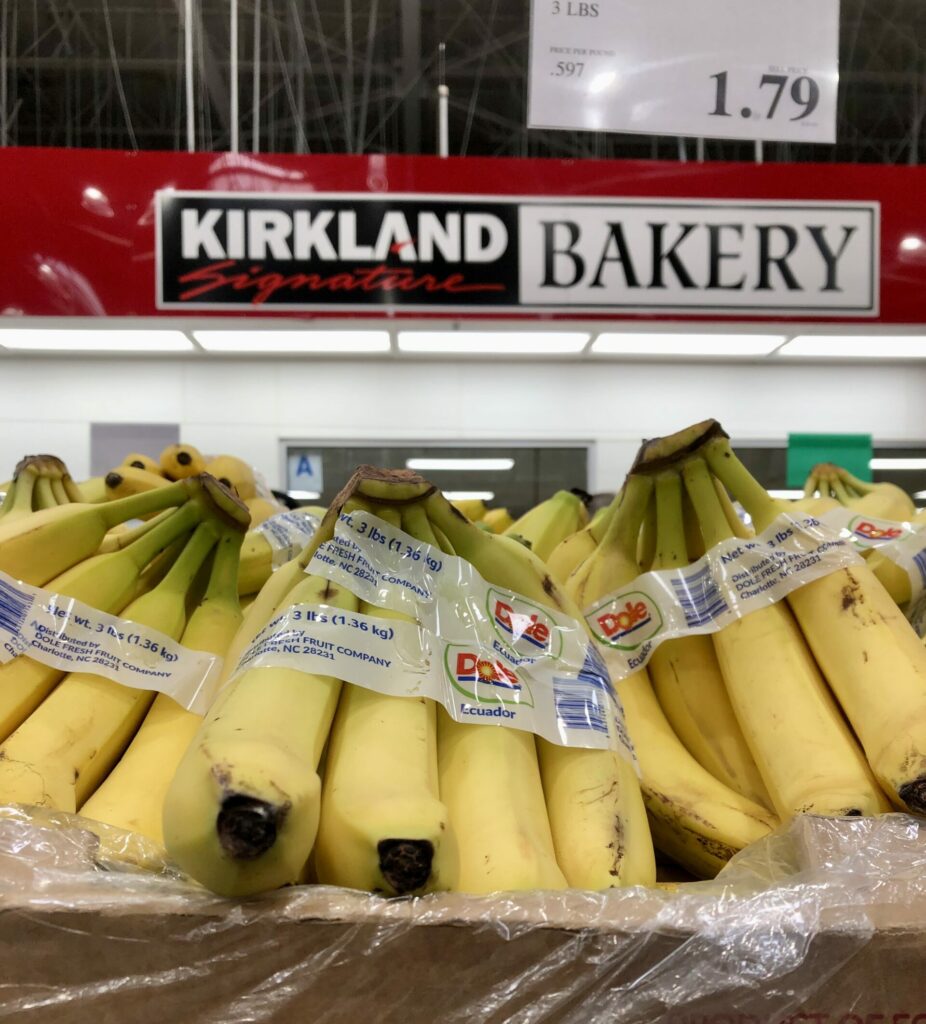
The strategy of privately labeled items has definitely helped Costco’s business.
Online Shopping
Eccomerce
One of the biggest shifts and future outlooks is the e-commerce world. We see it with company giants such as Amazon. Luckily Costco has made an online presence. But it’s not as effective as one might think.

Customers are less drawn to Costco’s e-commerce since there are minimum order thresholds. That means you have to meet the minimum amount of products before you can make an online purchase. If you only want to buy a few items, you may not be able to.
The other unappealing aspect is that the products are usually sold at a higher price online.
All in all, Costco may have an e-commerce presence that is growing but is behind many other giants.
The thing is, Costco functions well with people coming in store. That’s ideally what they want.
Tailoring to Desired Customer
Costco Business Improvements
In the Costco business, like most businesses, they are always making improvements. One of their current ones lies in the customer they attract.
The median age for a Costco shopper is 50. This is not exactly what Costco wants, since they want customers for as long as possible.
Their ideal age lies between 40 and 45.
So what strategies do they put in place to accumulate a younger customer?
To get more millennials (born 1981 – 1996), they’ve been putting more focus on desired customs such as organic and sustainability.
It’s important to look ahead and keep making improvements to one’s business.

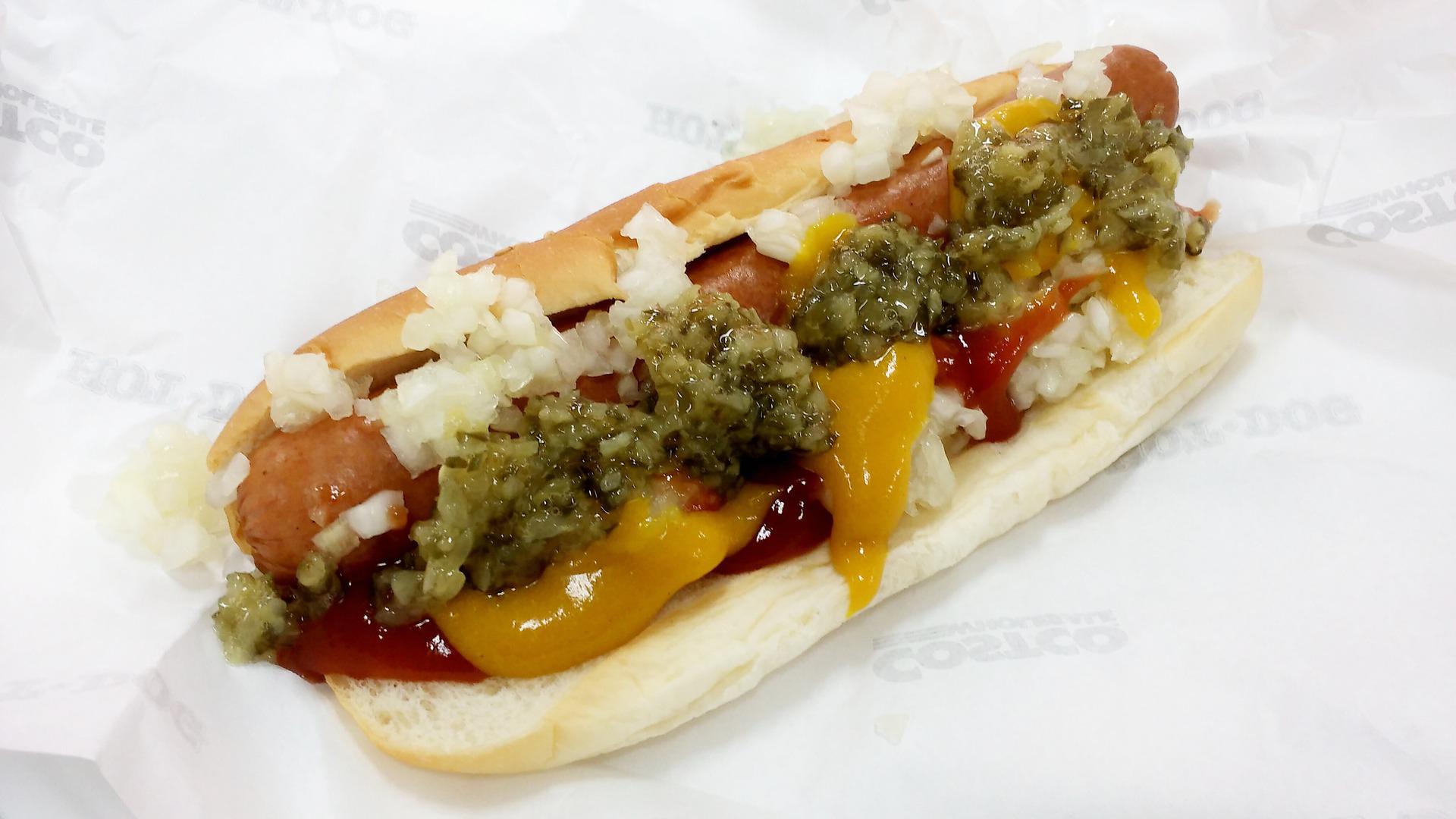

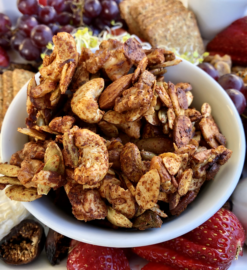

Leave a Reply